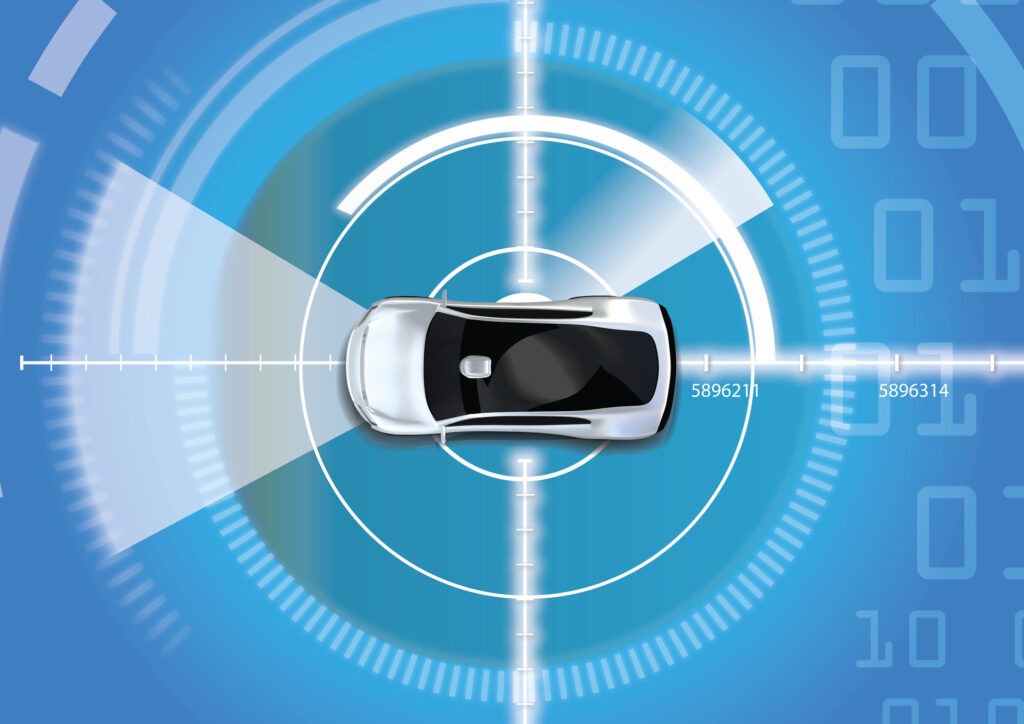Volkswagen loses brand lead in Germany’s EV market in November
11 January 2024

The ripples of Germany’s change to business electric vehicle (EV) subsidies continued to affect the market in November. Volkswagen (VW) was hit particularly hard as battery-electric vehicle (BEV) registrations dropped. José Pontes, data director at EV-volumes.com, examines the market.
Germany’s EV market continued to struggle in November 2023, as the end of business incentives earlier in the year affected the industry. BEVs dropped 22% compared to the same period in 2022, with 44,942 units taking to the country’s roads. Plug-in hybrids (PHEVs) continued their long-running declines, with a 59% fall in registrations, to just 18,124 units.
Overall, Germany’s automotive market saw a near 6% decline in registrations during November, its 245,701 units also down by around 20% compared to pre-COVID-19 pandemic levels.
In terms of market share in November, BEVs took 18% of the automotive market, the same figure as between January and November. PHEVs took 7.4% of total registrations, around half of what the drivetrain technology held at the same point in 2022.
Looking at the EV market, BEVs represented 71% of plug-in technology, four percentage points below the average across 11 months. In total, EVs took 26% of the overall market, keeping the year-to-date count at 24%.
With this current hardship, the first half of 2024 is also expected to see BEVs struggle, especially with incentives for public purchases coming to an end. However, the third quarter of the year will potentially bring growth back to the EV market, preluding a strong 2025, where pace is expected to accelerate significantly again.
Skoda springs a surprise
The top EV in the German market during November was the Skoda Enyaq, taking the number one spot for the second month in a row. Meanwhile, the model placed eighth in the overall market rankings. It reached a record result of 3,588 registrations, comfortably ahead of the second-placed Tesla Model Y with 2,840 units.
Skoda’s success also continued to shine a light on how much its sister-brand, VW, relied on business and fleet sales for its EV range. The ID.4, identical to the Enyaq in all but badges, struggled again during November, ending up 14th in the table.
BMW had a great month in November, with the i4 achieving a best-ever total of 2,261 registrations. It took third beating its most direct competitors, the Tesla Model 3 in fifth (1,937 deliveries) and the Mercedes-Benz C-Class PHEV in 17th (1,010 units). In addition, the popular iX1 model took fourth with 1,948 registrations.
The Mercedes-Benz GLC PHEV scored its best result of the current generation and its overall best score since December 2021, with 1,375 registrations placing it in 11th. This made it November’s best-selling plug-in hybrid in the table. With a 31kWh battery, the model shows that a decent energy-storage unit can help PHEVs become valid alternatives, even without subsidies.
Another surprise was at the other end of the top 20 table, with the Audi Q8 e-Tron ending the month with 872 registrations in 20th. This was just enough to beat the 825 units of the Mercedes-Benz EQE sedan or the 612 units of the BMW iX, which also secured a year-best score, underlining the brand’s positive month.
Outside the top 20, the Smart #1 crossover scored 613 registrations. This means that the China-made EV is close to surpassing the long-running Smart Fortwo (725 registrations), with the small two-seater soon ending production. Currently, it is the oldest nameplate on the EV market, having run uninterrupted since 2009.
In its second month on the market, the VW ID.7 saw 564 deliveries, giving the brand some optimism among the clouds that have gathered since the removal of business incentives in the German market.
The VW ID.3 ended the month in sixth (1,786 units), a return to form following two months at the bottom end of the charts, while the ID.4 took 14th place (1,240 units) for the third month in a row.
The ID.Buzz has also not met initial expectations and recorded just 652 registrations in November. Therefore, the brand needs a model to capture consumer attention and will be watching the ID.7 with renewed interest.
Tesla stays on top
Despite losing the monthly top spot to the Skoda Enyaq in October and November, the Tesla Model Y remained in the lead after 11 months. It even continued to increase its lead over the second-placed VW ID.4.
Over the January to November period, VW held on to second and third, with the ID.4 and ID.3 respectively. However, with its recent poor performances brought on by the ending of business incentives in September, competitors closed in.
The biggest threat comes from Skoda and its Enyaq, only 382 models behind third at the end of the month. The Fiat 500e was also just over 1,000 units behind the VW ID.3 but failed to close the gap in November.
The Tesla Model 3 is a distant eighth, around 6,000 units behind the ID.3. Despite a refresh and Tesla’s quarterly delivery model, the gap seems too big for a jump into the top three.
The second half of the year-to-date table saw five position changes in November. The biggest climber was the BMW iX1, thanks to its strong performance in the month. It improved by four positions and held 11th, making it BMW’s best performer of the year to date.
Just below, the Opel Corsa EV was up two positions in November to 12th, as it continued to close on the Mini Cooper EV (10th). The Stellantis EV sat just 665 units behind its B-segment rival after 11 months.
In some good news for VW, the ID.5 joined the table at the end of November in 18th, compensating for the losses of the more company-car-friendly ID.4 and ID.3.
Plug-in hybrids also saw more representation, with the Ford Kuga PHEV re-joining the year-to-date chart in 20th. Meanwhile, the Mercedes-Benz GLC-Class PHEV was up one position, to 19th.
Two months ago, only the Mercedes-Benz C-Class PHEV was representing the powertrain technology on the table. With the end of subsidies for BEVs in 2024, PHEVs could become a common sight in the standings again.
Volkswagen loses lead
Following months of hardship, VW lost its place at the top of the brand chart in November. Its EV market share fell from 11.4% in October to 11.3%, highlighting the impact of poor registrations for its ID.4 and ID.3 models. The marque held a 12.8% market share back in July before business subsidies were cut.
The new leader was Mercedes-Benz, with an 11.4% market share (up from 11.2%), thanks in part to the performance of its PHEVs. Third-placed Tesla was not able to challenge for the lead, with its share having dropped from 10% in September to 9.5% at the end of November.
Another winner was BMW (8.3%, up from 7.7%). With the BMW i4 and iX1 at record heights, the brand is on the rise, having taken a 1% share from September to November.
in fifth, Audi held 6.7% of the market by the end of November, while Hyundai in sixth watched Opel close in, as the Stellantis brand ended the month a small percentage away from the Korean carmaker.
With brands grouped together under their parent companies, VW Group was able to benefit from the recent performance of Skoda, ending November with a 27.8% market share (up from 27.2%).
Mercedes-Benz was far behind despite a strong month, its 13.8% share hampered by Smart’s loss of volume. However, it was not threatened by Stellantis, which saw the month out with 12.3%, as most of its models are still in transition for new 54kWh battery versions.
BMW Group surpassed Tesla in November to sit fourth, with its 10.3% share up against October. As a single brand, Tesla’s 9.5% market share saw it drop a place to fifth, before its December bounce thanks to its quarterly delivery schedule.



